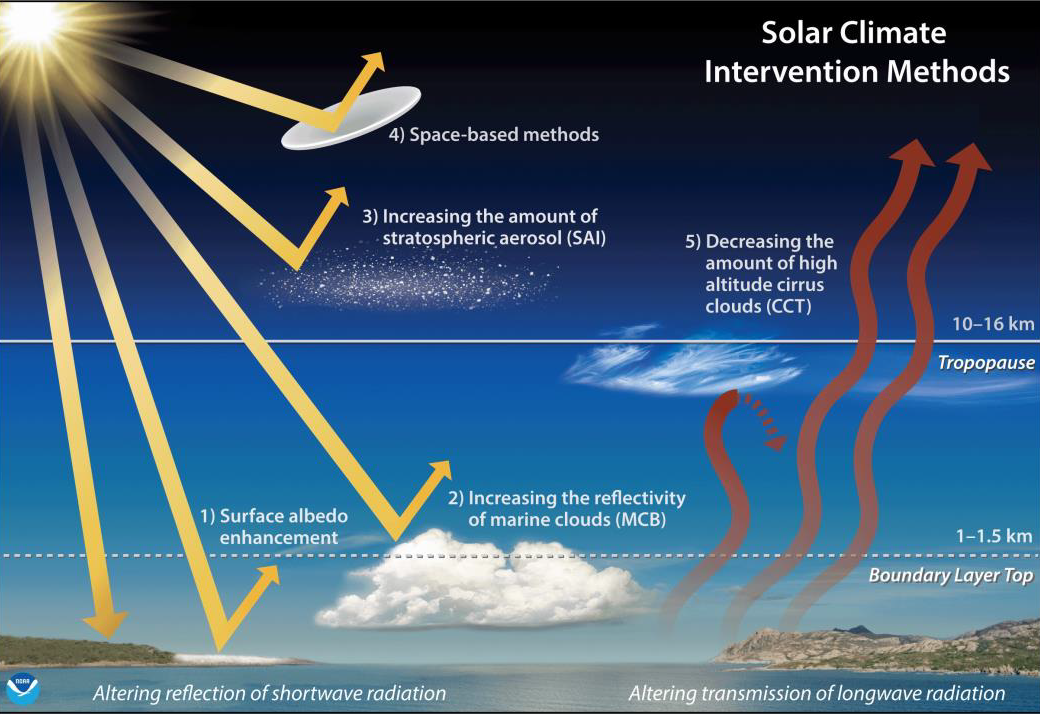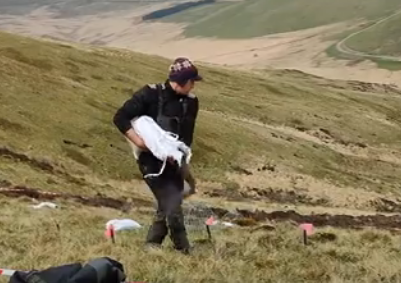Sowing rock dust onto grassland can create an effective and natural carbon capture system.
The theory of Enhanced Rock Weathering (ERW) is rainwater will react with crushed silicate rock that has been spread across a field to form new chemical bonds that hold on tight to their carbon. These strong bonds are then washed through the river system to the sea, where they will sink and be stored in the deep ocean for a very long time (around 100,000 years).
Some of the new chemical bonds will stay in the soil, this about half as effective at storing carbon, but can still be stored for a very long time (around 10,000 years).
The weathering of rock is a natural process, but it can be sped up (or 'enhanced') by crushing the rock to a fine dust, making more surface area for the weathering process to happen quicker.
The UK Centre for Ecology & Hydrology (UKCEH), an independent not-for-profit research institute, has maintained its ERW demonstrator project is part of the UKRI BBSRC funded GGR CO2RE programme, a multi-disciplinary, multi-centre national research hub on Greenhouse Gas Removal (GGR).
Although carbon drawdown is the primary goal of ERW, there are other potential benefits in improved soil health, better crop production and reduced N2O emissions.
The ERW demonstrator is one of five innovative methods of large scale GGR from the atmosphere funded by the UK Government as part of the CO2RE hub. CO2RE is a multi-disciplinary, multi-centre national research hub on Greenhouse Gas Removal.
Latest News
-
Sainsbury’s links up with Comic Relief for festive recipe campaign
-
Shepherd Neame extends air ambulance charity partnership
-
Businesses help festive match funder raise a record £57.4m
-
Firms help fund regional mayors' initiatives to tackle childhood inequality
-
Retailer raises more than £16,000 for Down’s Syndrome group
-
Snacks firm staff to donate £75,000 to charities
© 2019 Perspective Publishing Privacy & Cookies







Recent Stories